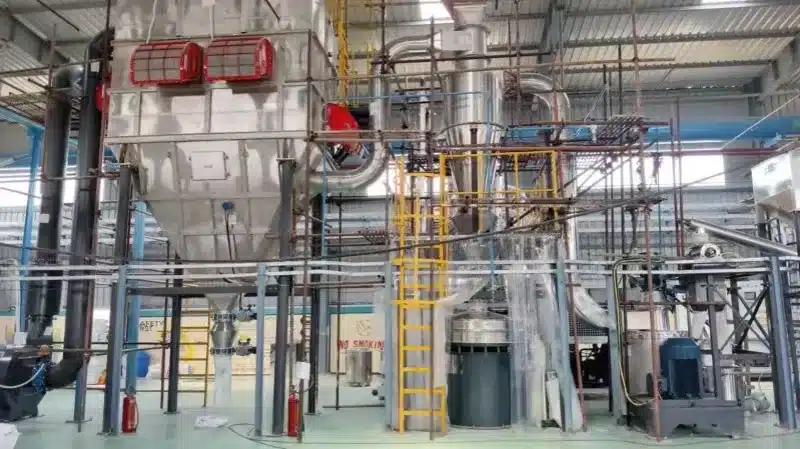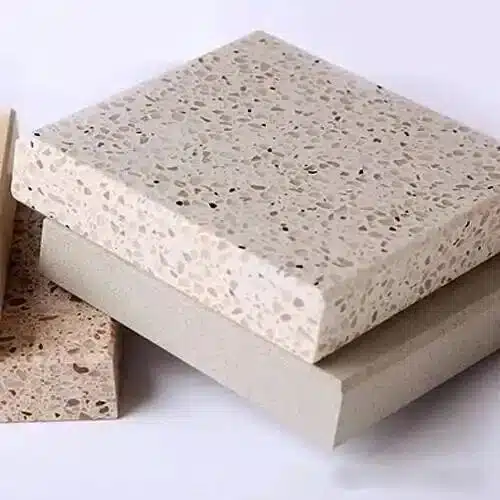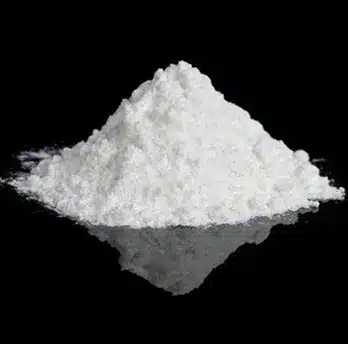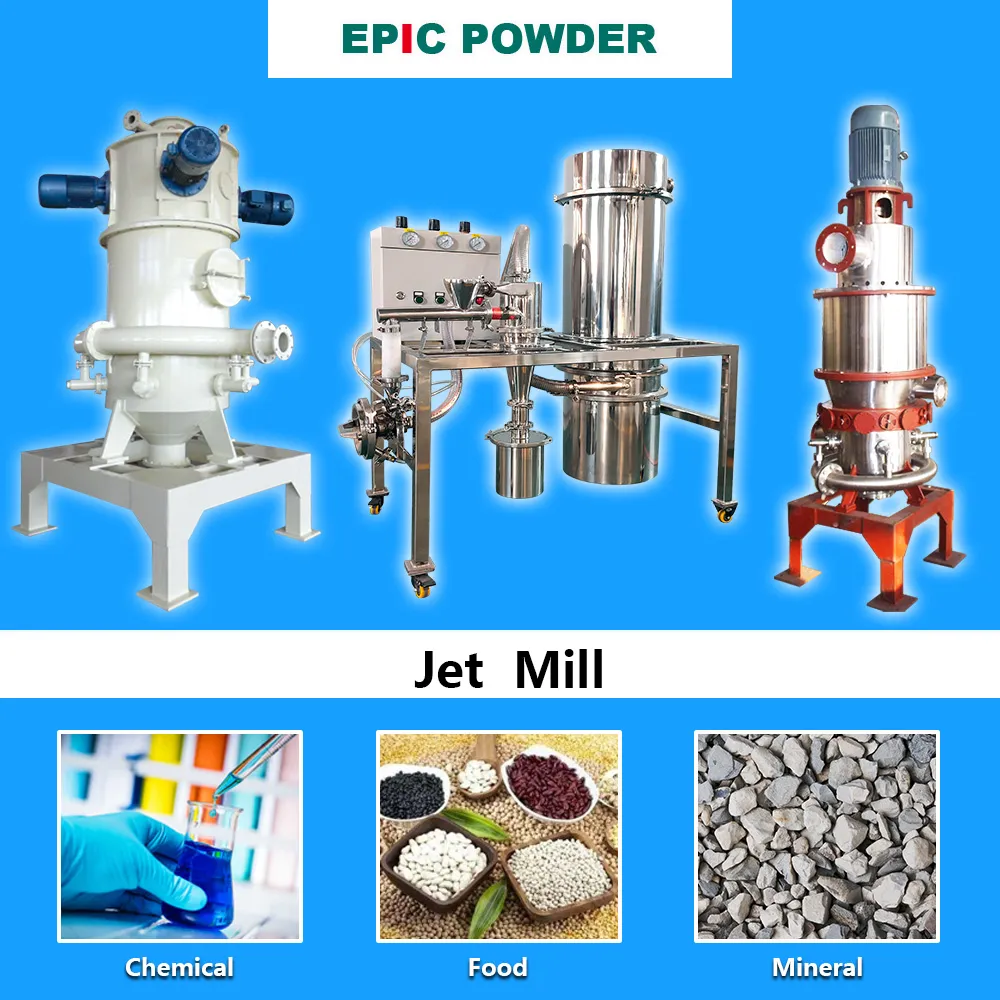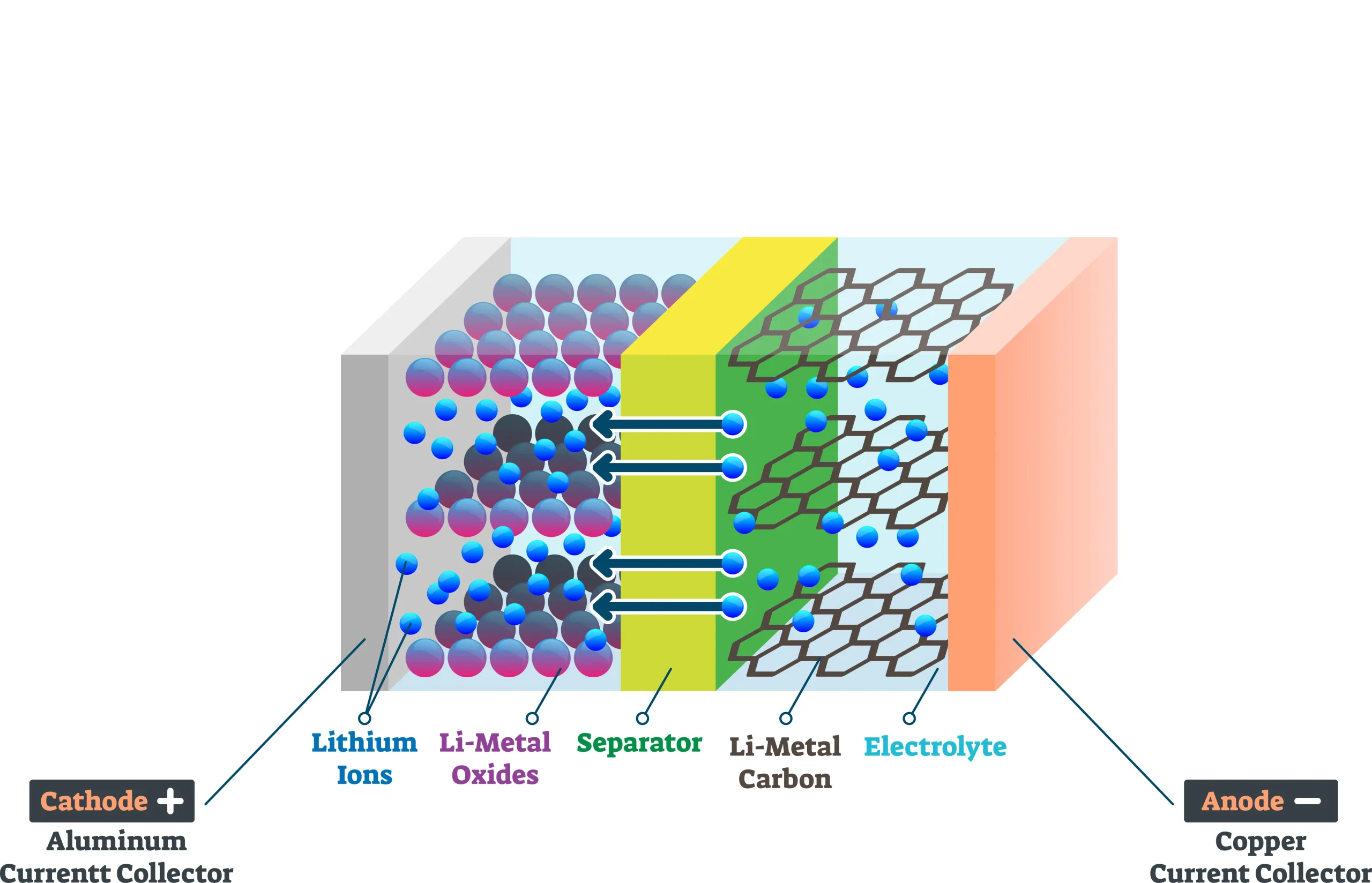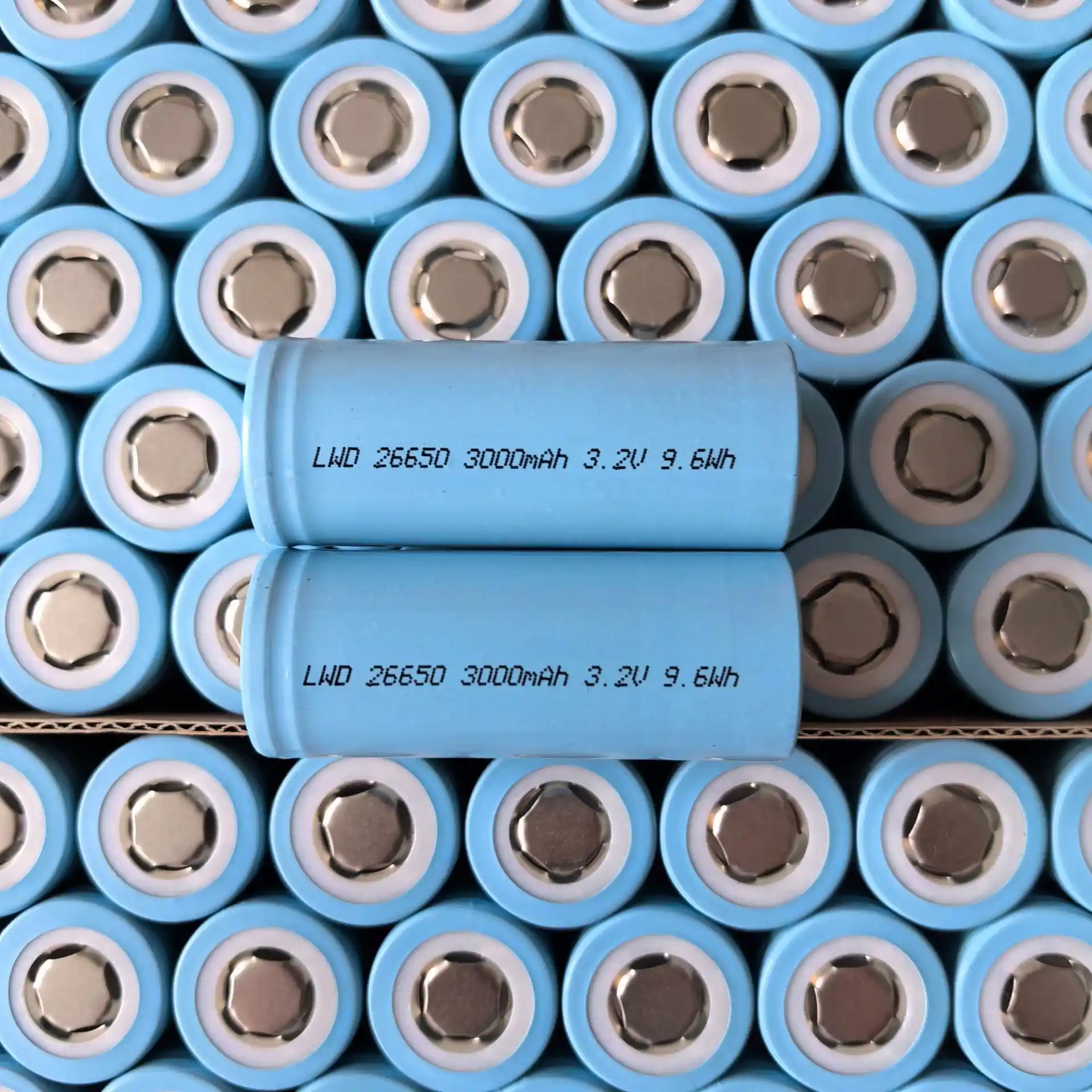As one of the oldest members of the advanced ceramics family, Al₂O₃ ceramics (alumina ceramics) possess a range of outstanding properties unmatched by other ceramic materials. These include low cost, high strength and hardness, excellent heat resistance, wear resistance, and corrosion resistance. Alumina ceramics are widely used in national defense, aerospace, and biomedical fields.

However, like many single-phase ceramics, the atomic arrangement in the crystal structure of Al₂O₃prevents it from undergoing plastic deformation like metals. As a result, during fracture, apart from creating new crack surfaces to increase surface energy, there is little other energy dissipation. This leads to a critical weakness of alumina ceramics — brittleness.
Although the brittle nature of alumina ceramics is fundamentally difficult to change, there are methods to improve it. After years of development, several approaches have emerged to enhance its toughness, mainly by introducing toughening phases into the ceramic matrix.
1 Particle Toughening
Particle toughening is one of the simplest ways to enhance ceramic toughness. For Al₂O₃
ceramics, toughening particles are typically either ductile metal particles or non-metal particles with high elastic modulus.
As toughening phases, metal particles enhance toughness mainly through mechanisms such as particle pull-out and plastic deformation, which cause crack deflection in the Al₂O₃ matrix. Additionally, metal particles can inhibit Al₂O₃ grain growth during sintering, improving its sintering properties. Common metal particles include Al, Ni, Ti, Cu, and Fe.
However, since metal particles generally have a lower elastic modulus than Al₂O₃, the resulting composites tend to have reduced hardness and strength. On the other hand, non-metallic particles with high elastic modulus — such as SiC, Si₃N₄, and TiC — can also improve toughness through mechanisms like particle pull-out, crack pinning, crack deflection, and crack bridging.
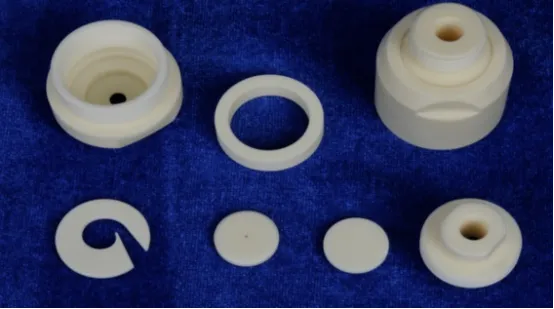
2 Transformation Toughening
Pure ZrO₂ (zirconia) undergoes a solid-state phase transformation near 1000°C: from tetragonal (t) to monoclinic (m) phase. This martensitic transformation causes a volume expansion of approximately 3%–5%.
When cracks reach a t-ZrO₂ region, the crack tip’s stress field induces a transformation zone.
Within this zone, t-ZrO₂ transforms into m-ZrO₂, absorbing energy from both surface creation and volume expansion. The phase transformation produces compressive stress at the crack tip, which helps block further crack propagation.

This reduces the crack tip’s stress intensity factor, effectively improving the material’s resistance to crack growth. In other words, the transformation dissipates external energy, enhancing fracture toughness.
Combining this mechanism with microcrack and residual stress toughening in an Al₂O₃ matrix forms ZTA ceramics. ZTA ceramics (Zirconia Toughened Alumina) show significantly improved toughness compared to pure Al₂O₃ ceramics.
3 Fiber and Whisker Toughening
Fibers or whiskers can be introduced into the ceramic matrix in a controlled manner. These fibers serve two functions:
They help share the external load, leveraging the high strength of the fibers or whiskers. They form a weakly bonded interface with the ceramic matrix, creating a system that absorbs external energy and mitigates brittleness.
Since their discovery, carbon nanotubes and graphene have been cutting-edge research topics in material science. Recent studies have incorporated these nanomaterials into alumina ceramics and found that they significantly contribute to toughening the ceramic matrix.
4 Hybrid Toughening
As research on alumina ceramic toughening has progressed, a multi-mechanism toughening approach—hybrid toughening—has been developed to combine the advantages of different individual methods and compensate for their shortcomings.
This synergistic strategy involves using two or more toughening mechanisms simultaneously to further enhance overall toughness. It has attracted widespread attention from researchers. Common hybrid toughening combinations include:
• Particle/whisker toughening
• Particle/transformation toughening
• Transformation/whisker toughening
• Graphene (or carbon nanotubes)/particles (or transformation, whiskers)
For example, combining ZrO₂ transformation toughening with whisker reinforcement in Al₂O₃ ceramics has been shown to produce a significantly enhanced toughening effect.
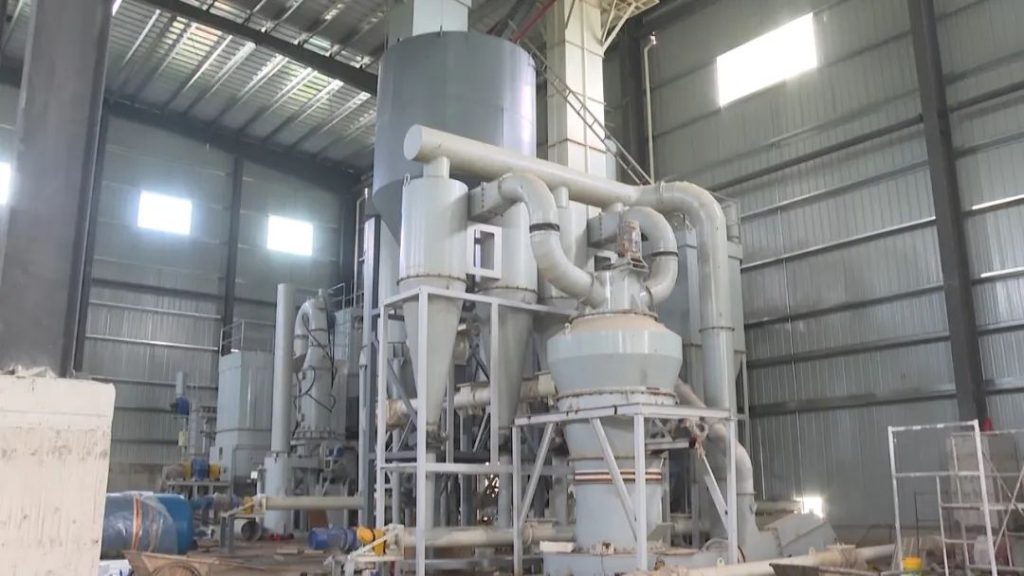
5 Nanotechnology Toughening
In 1987, German researcher Karch and colleagues first reported that nanoceramics exhibited both high toughness and low-temperature superplasticity. Their findings revealed the exceptional potential of nanoceramics and offered a new pathway to overcome the long-standing problem of ceramic brittleness.
In 1990, the renowned scientist John Cahn stated: “Nanoceramics are a strategic solution to ceramic brittleness.”
On one hand, nanoceramics feature refined grains and a significantly increased number of grain boundaries. Moreover, once the pore and defect sizes are reduced below a critical threshold, they no longer compromise the material’s macroscopic strength. As a result, both strength and toughness can be significantly improved.
On the other hand, incorporating nano-scale dispersed phases into the ceramic matrix not only enhances strength and toughness but also improves high-temperature resistance, hardness, elastic modulus, and resistance to high-temperature creep.
Therefore, nanostructuring and nanocomposite approaches have become some of the most important and promising strategies for improving the fracture toughness of alumina ceramics.
6 Self-Toughening
Self-toughened Al₂O₃ ceramics are developed by adding additives or seed crystals to induce anisotropic growth of equiaxed Al₂O₃ grains into plate-like, rod-like, or elongated columnar morphologies. The toughening mechanisms involved are similar to those of whisker reinforcement and include crack bridging, crack deflection, and grain pull-out—with crack bridging being the dominant mechanism.
This approach has been extensively studied and shows great promise in enhancing the toughness of alumina ceramics by leveraging the material’s own microstructural evolution.

Epic Powder Machinery
Epic Powder Machinery provides equipment for producing high-purity ceramic powders like alumina and zirconia with precise particle control.
Our technology supports toughened ceramics by ensuring stable quality, helping industries like semiconductors, aerospace, and biomedical achieve better performance.

